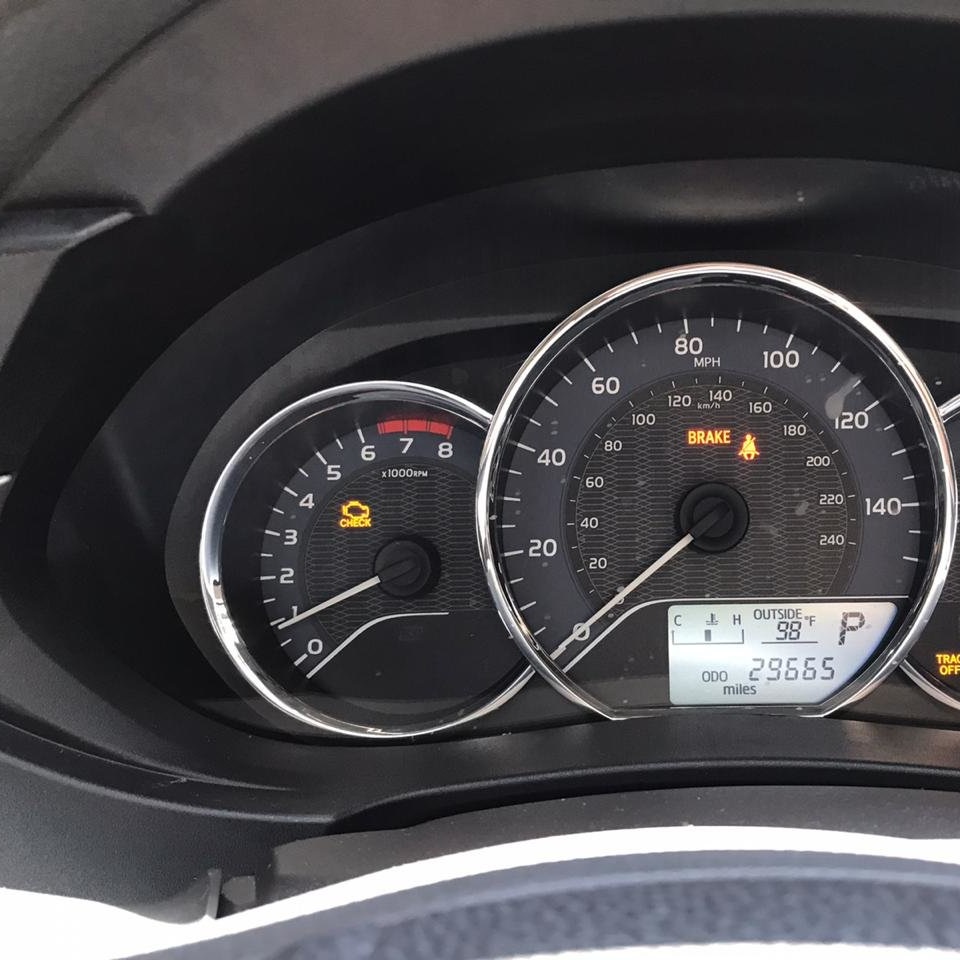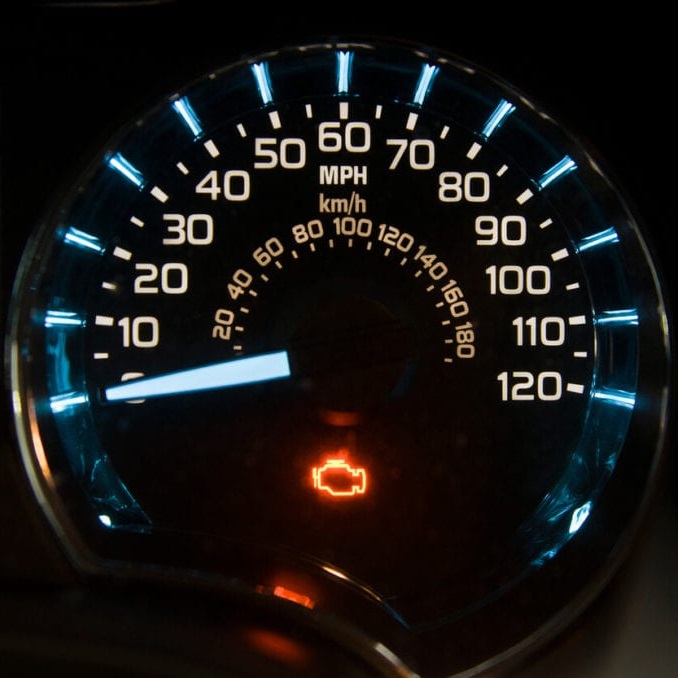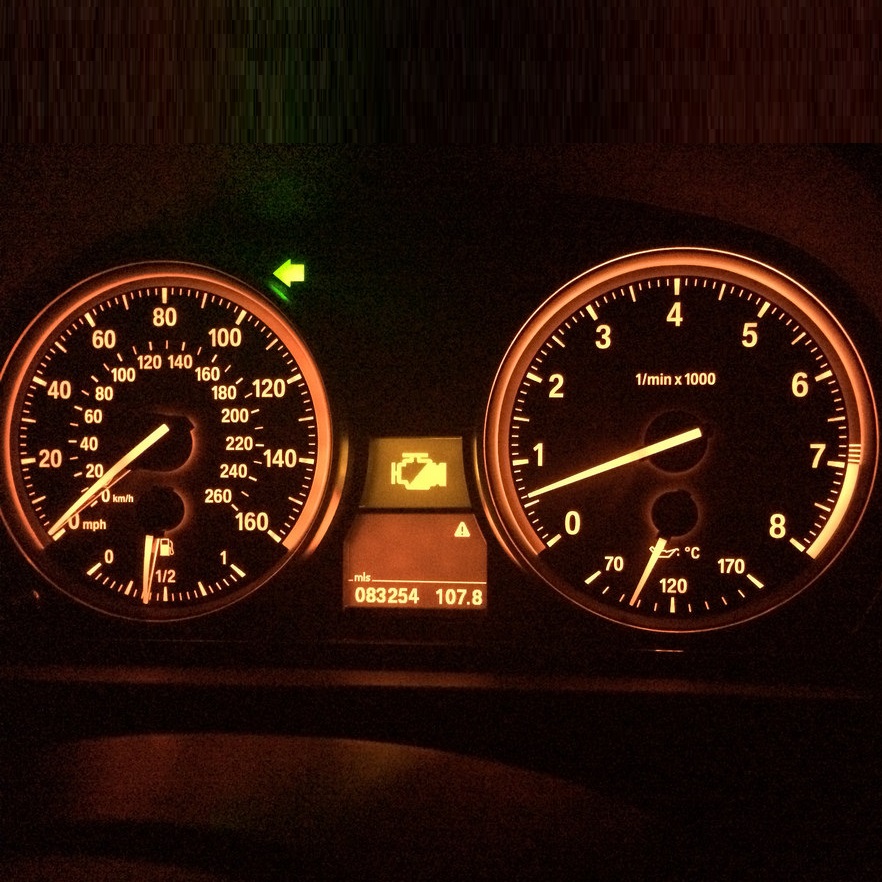The experience of driving can be thrilling, but it can also be nerve-wracking. Nothing sends a wave of anxiety through a driver quite like the illumination of the engine light on their dashboard. To complicate matters, if the car begins to shake while the light is on, it’s not just a cause for concern; it signals that immediate attention may be required. In this article, we will explore the reasons why your engine light may turn on and the connections between it and the shaking sensation of the car. We will also discuss what drivers can do to address these issues effectively.
What Does the Engine Light Indicate?
Understanding the Engine Light
The engine light, also known as the check engine light (CEL), is a critical component of your car’s onboard diagnostic system. It serves as an alert to drivers that something is amiss. When this light comes on, it does not always indicate a severe problem. However, it does mean that one or more systems in your vehicle have detected an issue that needs attention.

The causes for the engine light turning on can vary widely. For example, minor issues like a loose gas cap may trigger the light. Conversely, it can signal more serious problems, such as issues with the engine, transmission, or exhaust system. Drivers need to understand that while the engine light serves as an indicator, it is not a definitive diagnosis.
The Importance of Immediate Attention
Ignoring the engine light can lead to more significant problems down the road. When you see the light, it’s essential to investigate the issue promptly. A quick visit to a mechanic can save you time and money. The mechanic will read the trouble codes with a specialized device, allowing them to pinpoint the issue quickly. Leaving problems unaddressed can lead to decreased performance and even costly repairs later.
Causes of Car Shaking
General Causes of Car Shaking
When your car shakes, especially in conjunction with the engine light, it’s crucial to diagnose the underlying issue. There are several primary causes that could lead to shaking. One common culprit is an imbalance in the tires. If your tires are not properly inflated or if they are worn unevenly, your car may shake, especially at higher speeds.
Another frequent suspect is the suspension system. If components like shock absorbers or struts are worn out, they can cause your vehicle to shake. A problem with the braking system can also lead to vibrations, especially when braking. If the brake rotors are warped or the brake pads are worn, you’ll feel shaking when you apply the brakes.
Serious Causes of Car Shaking
More serious issues may also cause shaking. For instance, engine misfires can lead to vibrations that are felt throughout the vehicle. When an engine misfires, it means that the combustion process is not occurring as intended in one or more cylinders. This could be due to faulty spark plugs, ignition coils, or fuel injectors. These problems not only affect performance but can also create additional strain on the engine, leading to further complications.
Transmission issues are another serious concern. If the transmission is slipping or has low fluid levels, you may experience shaking or rough shifting. These problems require immediate attention to prevent more severe damage and to ensure safe driving conditions.
Diagnosing the Problem
Steps to Take When Your Engine Light and Car Shakes
When you notice that the engine light is on and your car is shaking, the first step is to remain calm. While it may feel like an emergency, not all issues require immediate roadside assistance. Begin by noting any patterns or behaviors that coincide with the shaking. For instance, does the shaking occur only at certain speeds, or does it happen during acceleration? These details will be helpful when you discuss the issue with a mechanic.
Once you’ve gathered this information, you should check the obvious elements. Ensure that your gas cap is secure; a loose cap can easily trigger the engine light. Next, inspect the tires. Are they correctly inflated and evenly worn? A quick visual inspection may help you identify any apparent issues.
If these initial checks don’t reveal the problem, it’s time to consider taking your car to a professional. A mechanic will usually begin by running a diagnostic test. This test reads the trouble codes stored in the vehicle’s computer system. Based on these codes, they can often narrow down potential problems.
Common Diagnostic Codes
Engine trouble codes can provide valuable insights into what might be going wrong. Some common codes related to engine issues include:
- P0300: This code indicates random/multiple cylinder misfires.
- P0171: This one signifies a system too lean, which could point to fuel delivery issues.
- P0420: Indicates catalytic converter issues, which can also lead to rough idling.
Understanding these codes can help you have a more informed conversation with your mechanic. Always ask questions. A good mechanic will be willing to explain the issue and how it affects your vehicle’s performance.
Solutions to Engine Light and Shaking Problems
Minor Issues Like Loose Gas Caps and Tire Balancing
If the issue turns out to be minor, the solution will likely be straightforward. A loose gas cap, for instance, may only require tightening or replacing the cap entirely. This is an easy fix that you can often do yourself.
If tire imbalance is the problem, a tire rotation or balancing can usually resolve the shaking. Most tire shops can perform this service quickly and for a reasonable cost. Keeping tires properly inflated and rotated can also prevent shaking and improve fuel efficiency.
Major Repairs: Engine, Transmission, and Suspension Systems
When you discover that the problem is more complicated, such as engine or transmission issues, be prepared for more extensive repairs. For example, if the mechanic finds that the ignition coils need replacing, this may require specialized tools and knowledge.
In cases of major engine repairs, such as replacing fuel injectors or addressing a faulty catalytic converter, the bills can add up quickly. Keep in mind that timely repairs can prevent these minor problems from escalating into more expensive repairs.
If the shaking is linked to the transmission, issues can be even more costly. Servicing a transmission often involves replacing fluid, gaskets, or more extensive components, which could mean hundreds to thousands of dollars in repairs.
Preventative Measures
Regular Maintenance Checks
Preventing issues related to the engine light and car shaking starts with regular maintenance. A proactive approach will keep your vehicle running smoothly and efficiently. Regular oil changes, filter replacements, and fluid checks can help your car stay in optimal condition.
Routine inspections of vital components, such as brakes, suspension, and tires, can catch potential problems before they become significant concerns. Many auto shops offer maintenance packages that can save you both time and money in the long run.
Monitoring Your Driving Behavior
Additionally, how you drive can impact your car’s performance. By practicing smooth acceleration and braking, you can minimize stress on the engine and transmission. Avoiding sudden starts and stops can extend the lifespan of these critical components.
Educating yourself on your vehicle is also wise. Read your owner’s manual to understand warning lights and indicators specific to your car model. Familiarizing yourself with your vehicle can make you more alert to changes in performance and help you take corrective actions sooner.
Utilizing Diagnostic Tools
In today’s digital age, drivers have access to a variety of diagnostic tools. Many car owners opt to purchase OBD-II scanners, which allow them to read engine codes themselves. These handheld devices can provide immediate insights into potential issues. Understanding these codes can be educational and empower drivers to take action as needed.
When to Seek Professional Help
Situations That Require Immediate Attention
While some problems can be handled with minor tweaks or DIY solutions, certain situations warrant immediate professional help. If your car shakes violently, makes unusual noises, or displays a flashing engine light, you should seek help right away.
Driving in these conditions can be dangerous. You risk not only your safety but also the safety of others on the road. Additionally, some issues may lead to further damage if not addressed promptly.
Choosing the Right Mechanic
Finding a trustworthy mechanic can make all the difference in getting quality repairs. Look for shops that are certified and well-reviewed. Recommendations from friends and family can also lead you to reliable service providers. Don’t hesitate to ask mechanics for estimates and explanations of their proposed fixes.
A good mechanic will provide transparency regarding repairs and should be happy to explain any issues you don’t understand. If you’re unsatisfied with a mechanic’s explanation, don’t hesitate to seek a second opinion.
Conclusion: Being Proactive with Your Vehicle
In summary, the engine light and car shaking are symptoms that should not be ignored. Understanding what each of these indicators means is crucial for any driver. While minor issues may be easy to fix, more severe problems can lead to costly repairs and unsafe driving conditions.
By taking a proactive approach and staying informed, drivers can maintain their vehicles in top condition. Regular maintenance checks, monitoring driving behavior, and addressing issues promptly will help ensure a smoother and safer driving experience.
Ultimately, knowledge is power. Familiarizing yourself with the signs and symptoms of car trouble will empower you to make informed decisions, keep your car well-maintained, and enhance your overall driving satisfaction.


